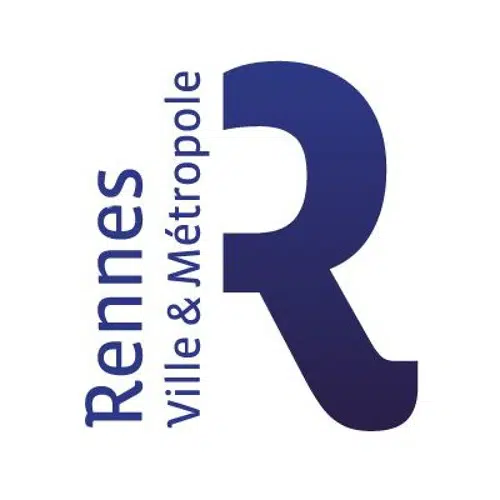Good Practice
POLICY OBJECTIVE
Experimenting with new time incentives to address rush-hour car congestion in the business area.
CONTEXT
After a successful experience of adapting schedules at Rennes University to ease metro rush hours, Rennes tested similar time incentives on car congestion during rush hours and around employment areas.
The initiative involved 200 companies, flexible time schedules for a majority of workers, and greater personal constraints.
POLICY DESCRIPTION
An April 2018 survey of approximately 11,000 workers in a digital business area yielded 3,600 responses: 80% described their working hours as flexible, but 90% arrived at the same time every day — proof of the weight of habits and social norms.
We tested two time incentives representing the “traditional” tools in company mobility plans: rush hour teleworking, and adapted individual working hours. Companies and employees received support from local volunteers, and they were able to exchange experiences, communication, experimentation, etc.
This initiative is ongoing, with original participating companies and on a broader scale, to support companies and employees who would like to experiment and take these two incentives further.
KEY ASPECTS
Our methodology in implementing this policy involved:
- Surveys to identify how workers used their time.
- A personalised, flexible approach that took into consideration employees’ individual constraints and timeframes.
Two innovative characteristics:
- Actions aimed to impact mobility behaviour, not infrastructure.
- Volunteering companies and employees ensured unique experience. The scope of the policy was later widened.
RESULTS
The following new time tools emerged to take aim at rush-hour traffic congestion:
- Rush-hour teleworking points where workers can work online near a school after having left children there, and arrive at the office once traffic abates.
- Participative website, A la bonne heure, where staff note their office arrival/departure time. The tool allows zooming in every working zone, so schedules can be tailored to local behaviour.
- Support for telework-friendly co-working all around the area, so workers need neither commute nor work from their actual homes. This has led to the creation of “Bureaux à rallonge” website and network.
We continue to coordinate with local economic actors to promote wider use of these tools.





